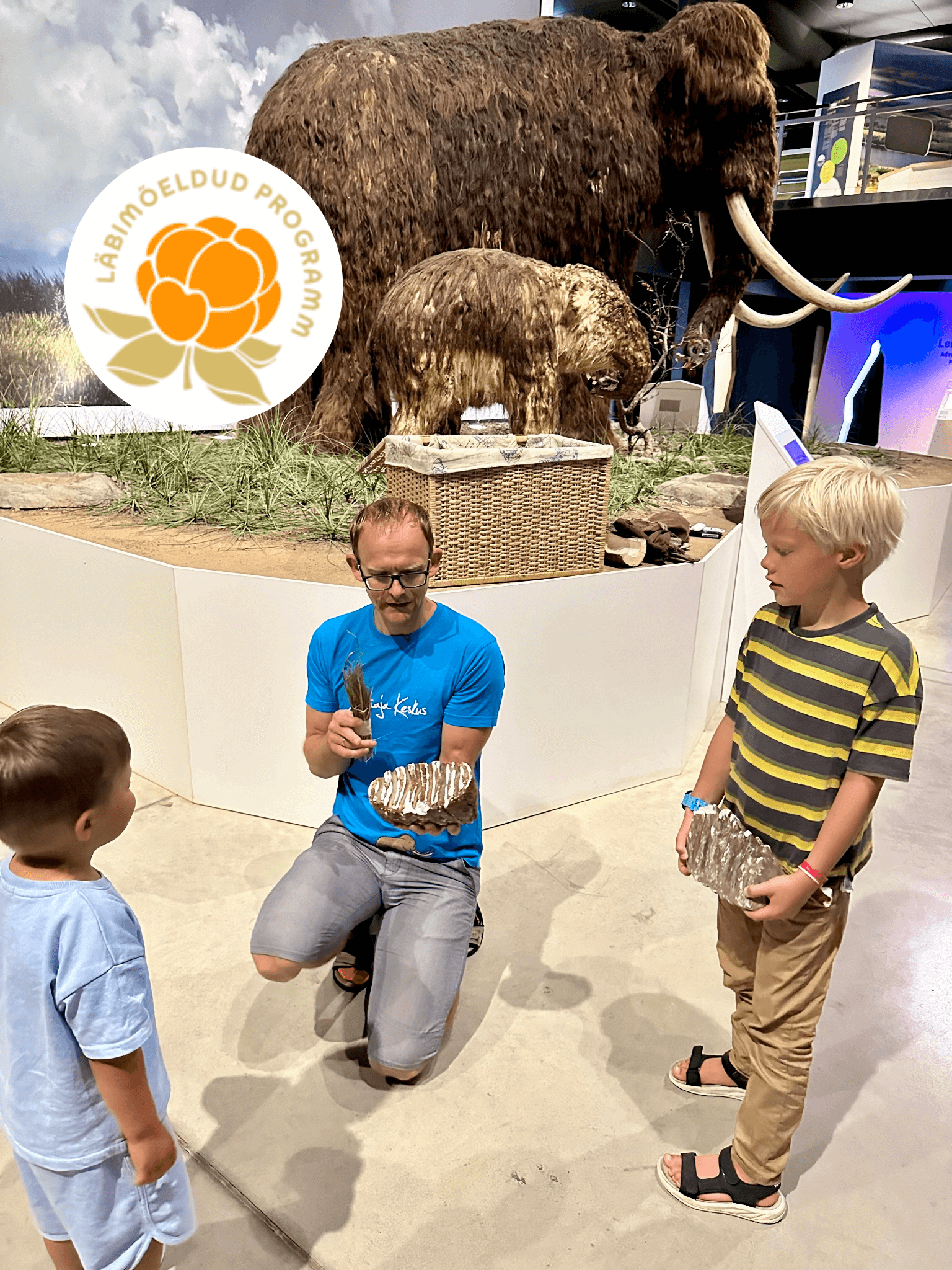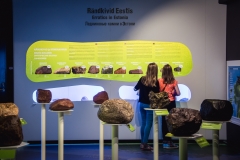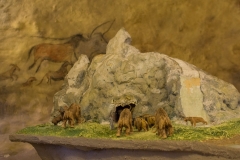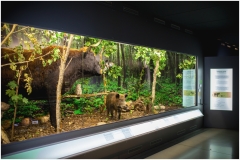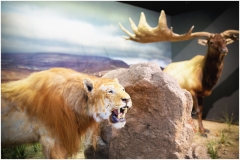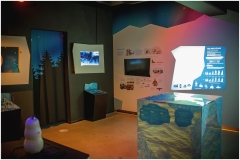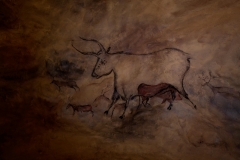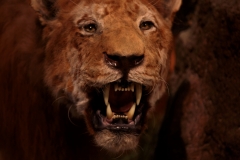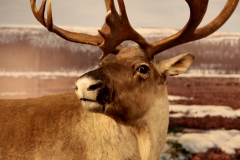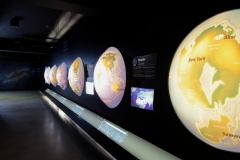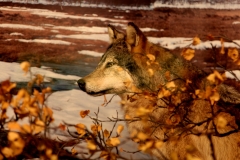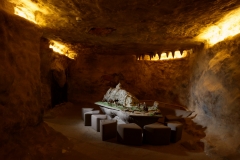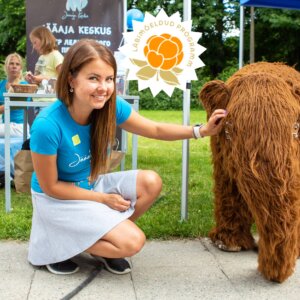Description
Duration: 1.5 hours
Activities:
Introduction:
Meet and greet, introduction to the day’s schedule, rules, and the program
Icebreaker Circle:
The stone is passed around, and each child says who or what they would like to see at the Ice Age Centre. At the end of the circle, the instructor explains how the stone is connected to the Ice Age. If some children expect to see characters from the “Ice Age” movie, the instructor clarifies the differences between the film and reality.
Students are divided into pairs or small groups (max 4 per group). Each group receives worksheets, which serve as answer sheets. The instructor assigns tasks step-by-step during the program.
Main Activity:
Question Formation: In pairs or small groups, students come up with three questions about the mammoth and other Ice Age animals that they hope to answer during the exhibit visit. As they hear the answers during the tour, they can fill in the drawing on their worksheet (~10 minutes).
Guided Tour: On the first floor, students explore the journey from the present (starting at the Ice Man) through the Ice Room and the Northern Lights cinema, to Ice Age-era Southern Europe, where mammoths, giant deer, cave lions, and other Ice Age animals roamed. In addition to the reconstructions, mammoth teeth and bones are shown, and comparisons are made between a mammoth’s molar and that of a woolly rhinoceros. The instructor presents information simply, using everyday comparisons. For example, a mammoth weighs up to 8 tons – how many children would it take to match that weight? How much more did a mammoth eat daily compared to a child? The mammoth is also compared to the African elephant, and it’s helpful to print out an image of one.
Search for the Mammoth: On the second floor, students explore dioramas. If two classes are present, one can start with the second floor. The instructor explains that climate and wildlife have changed since the Ice Age, which is represented by the dioramas. Students are tasked with finding out if a mammoth appears in any of the dioramas, and if not, whether a mammoth could survive in that environment. They also note the largest animals in each diorama on their worksheet. Afterward, the instructor summarizes their findings near the dioramas.
Game: “Who Am I?” (in the classroom). Ice Age animal cards are distributed to the children (voluntarily). One by one, the students guess which animal is on the card. The student holding the card can only answer “yes” or “no” to the questions. After five questions, if the correct answer hasn’t been guessed, the cardholder gives clues. If the animal is still unknown after three hints, the picture is revealed. Meanwhile, students complete task 4 on their worksheet.
Mammoth vs. Elephant Comparison: This task can be completed in the classroom or assigned as homework if there isn’t enough time.
Concluding Game: “My Favorite Ice Age Animal”
The teacher shows images of different animals, and the children raise their hands when their favorite is shown. This reveals which animal received the most votes.
To ensure that the children experience the entire exhibition, the game “The Journey of a Water Particle” is played, starting in the atrium, where the water particle begins as a baby mammoth. This can be done in pairs, allowing the children to explore the exhibits that interest them the most.



